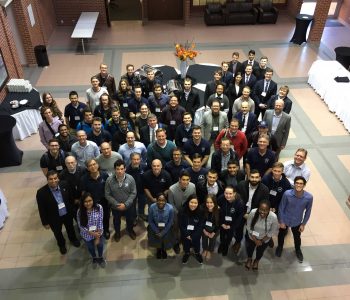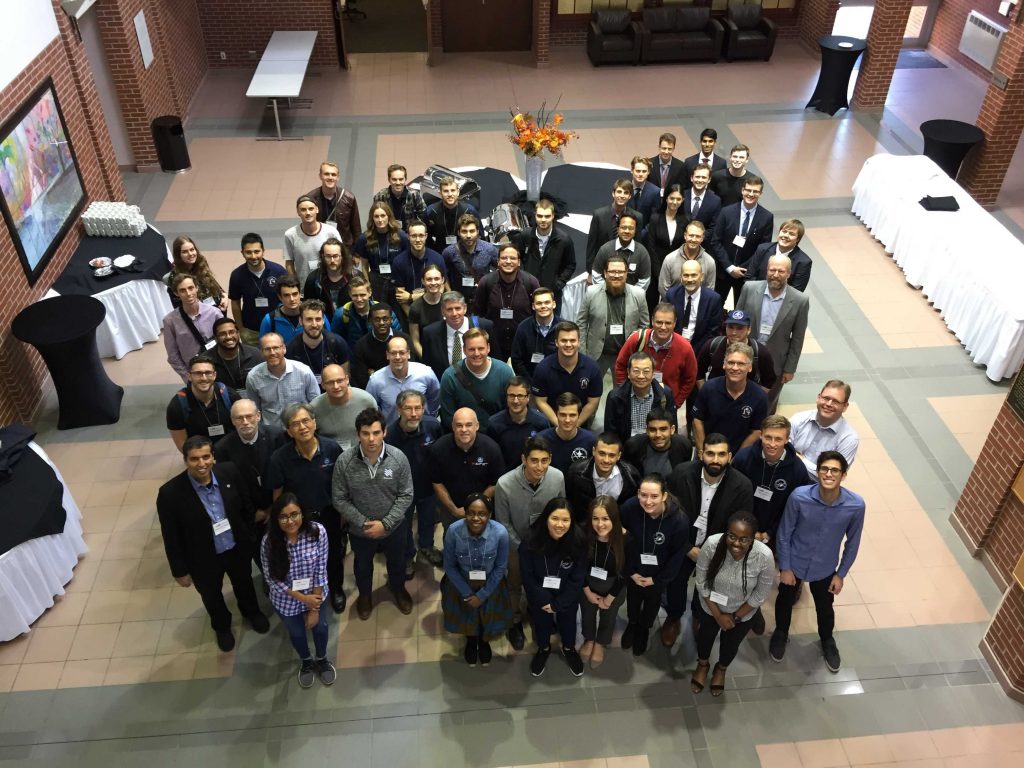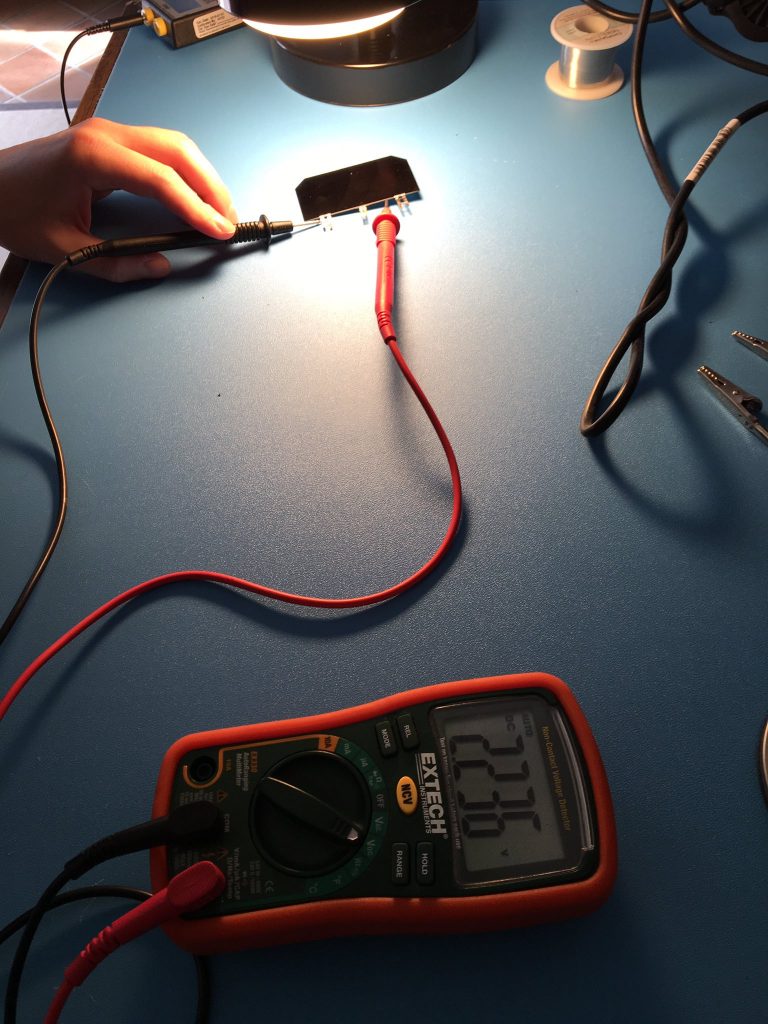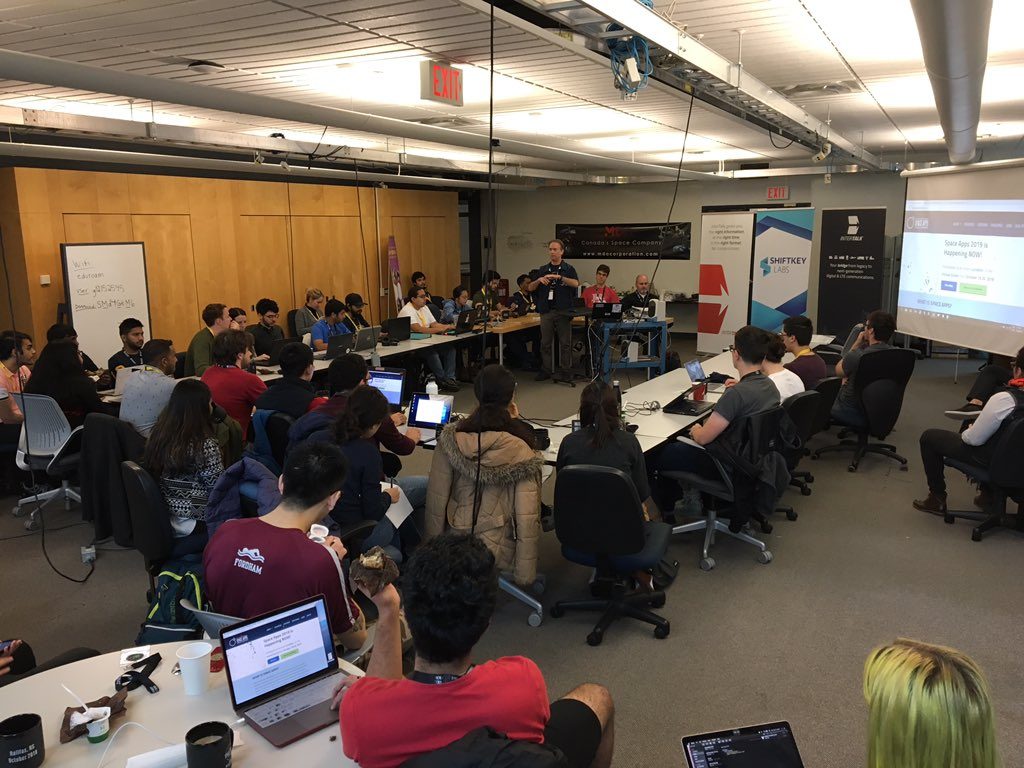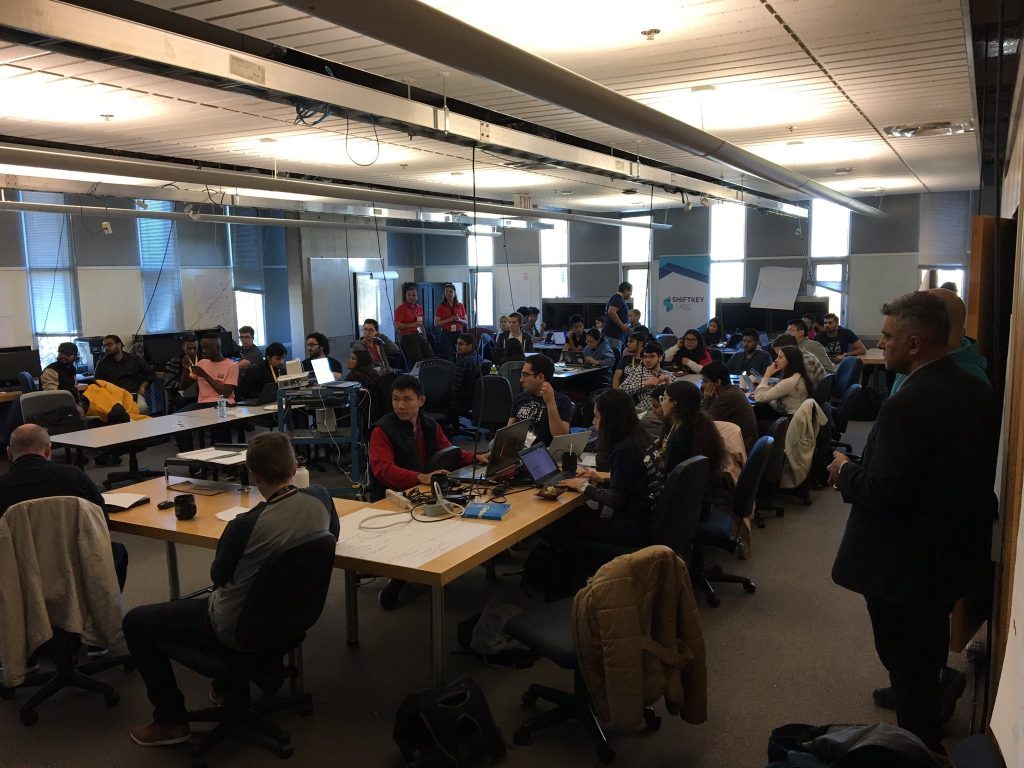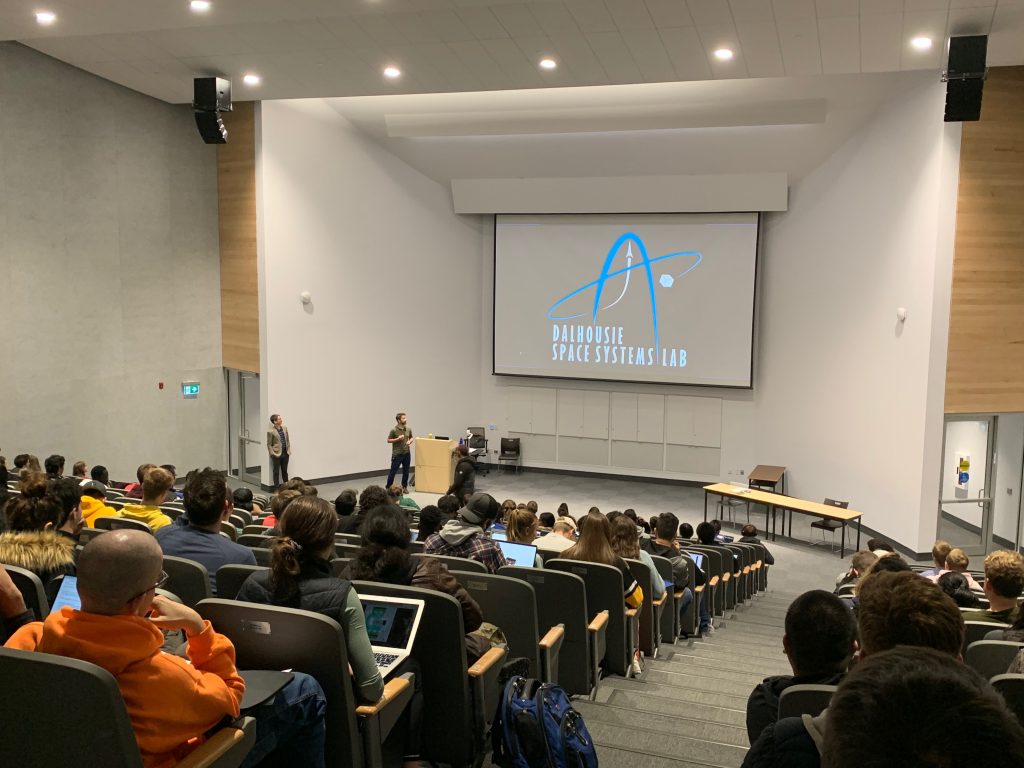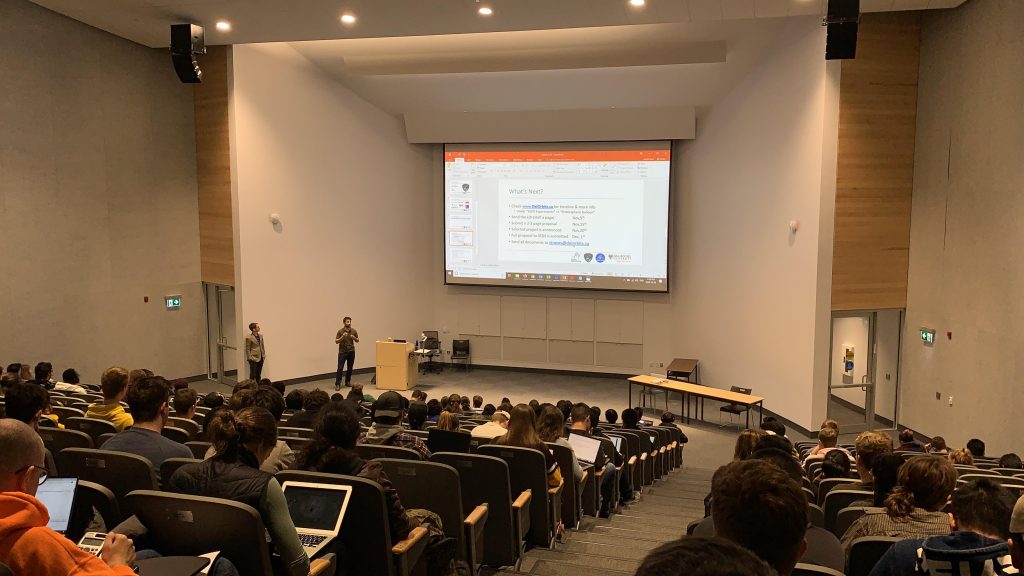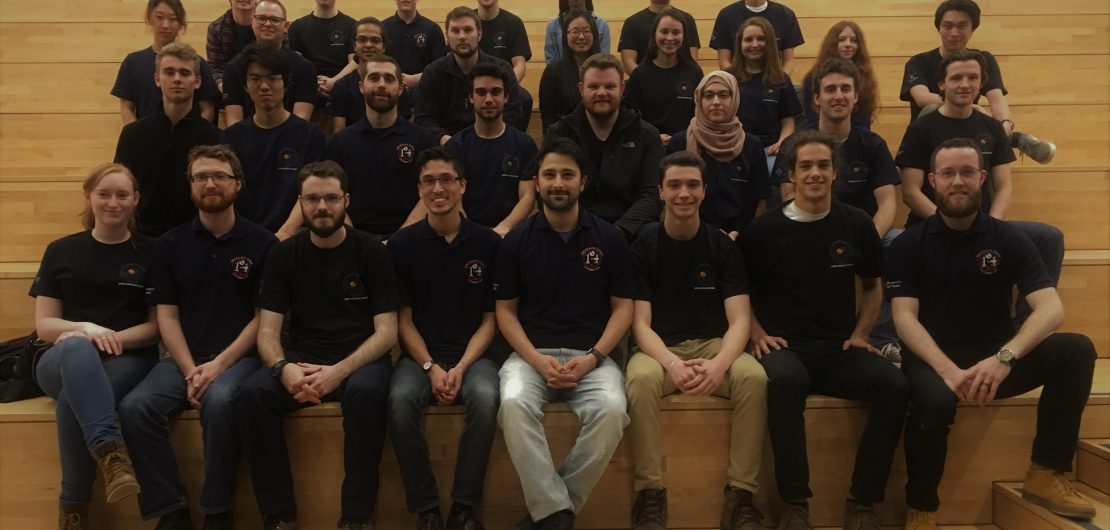
LORIS Mission Team
Monthly Attendance Sheet
| Mechanical & Flight Dynamics | ||
| Anna | Wailand | attitude determination and control system (Team Lead / R&D) |
| Adam | Saule | attitude determination and control system (Team Lead) |
| Nicholas | Popp | ADCS & Chassis |
| James | Smith | attitude determination and control system |
| Jamie | Ash | attitude determination and control system |
| Maxwell | Bauer | attitude determination and control system (Team Lead) |
| Mark | MacGillivray | attitude determination and control system |
| Srajit | Mehrotra | attitude determination and control system |
| Vignesh | Krishnan | attitude determination and control system |
| Dylan | Ormiston | Orbital dynamics / ADCS |
| Maxwell | Bauer | Orbital dynamics / ADCS |
| Cathy | Song | Orbital dynamics / ADCS |
| Chloe | Harper | Orbital dynamics / ADCS |
| Chloe | Potter | Orbital dynamics / ADCS |
| Tom | Christison | Orbital dynamics / ADCS |
| Thomas | Christison | Orbital dynamics / ADCS |
| Silas | Eastwood | vehicle design and bus integration – Summer Student |
| Bus Design / Thermal / Vibration | ||
| Kenzie | Timmons | Chassis (Lead) |
| Kyle | Mcpherson | Chassis |
| Nathan | Bertram | Chassis |
| Warren | Davidson | Chassis and Integration |
| Warren | Davidson | Chassis and Integration |
| James | Adye | Vehicle design and bus integration |
| Akili | Cyrus | Vehicle design and bus integration |
| Daniel | Monk | Vehicle design and bus integration |
| Dulyavich | Vongsathorn | Vehicle design and bus integration |
| Jack | Spears | Vehicle design and bus integration |
| jiawei | Xu | Vehicle design and bus integration |
| Keiran | Jack | Vehicle design and bus integration |
| XuLiang | Qi | Chassis and Integration |
| Doug | DeBow | Chassis and Integration |
| Payload Software – Operating System | ||
| Elizabeth | Eddy | Payload |
| Jeremy | Porter | Payload |
| Lauryn | Marchand | Payload |
| Arjav | Gupta | Payload (Software) |
| Liam | Hebert | Payload and Software |
| Andrew | Way | Command & Data – Operating System |
| Michaek | Wright | Command & Data – Operating System |
| Spencer | Axford | Command & Data – Operating System |
| Electrical Power System / Battery R&D | ||
| Yann | Guérin | Core Software |
| Riley | Cook | Electrical Battery R&D |
| Blake | Meech | Electrical Power Systems (Space Segment) |
| Brody | McKeown | Electrical Power Systems (Space Segment) |
| Dimitri | Korchak | Electrical Power Systems (Space Segment) |
| Henry | Zou | Electrical Power Systems (Space Segment) |
| Mark | Crispo | Electrical Power Systems (Space Segment) |
| Owen | Stuttard | Electrical Power Systems (Space Segment) |
| Brian | Peters | Electrical Power Systems (Space Segment) |
| Ben | Macdonald | Electrical Power Systems (Space Segment) |
| SATCOMM / Space & Earth Network | ||
| Brandon | Allen | EPS |
| Michelle | Coleman | Ground Station |
| Alexander | MacDonald | Ground System |
| Abdul Basit | Syed | LCP Comms & Dev Board |
| Daniel | Penalo | OBC, LCP |
| Mark | McCoy | Power – Software/Umbilical Design |
| Ahmad | Kammonah | SATCOMM / Telemetry |
| Gillem | Raymond | SATCOMM / Telemetry |
| Katerina | Vinogradova | SATCOMM / Telemetry |
| Kyle | brisebois | SATCOMM / Telemetry |
| Lori | Smigelski | SATCOMM / Telemetry |
| Michelle | Yee | SATCOMM / Telemetry |
| Michelle | Yee | SATCOMM / Telemetry |
| Nick | Hansen | SATCOMM / Telemetry (Lead / R&D) |
| Yizhe | Zhong | SATCOMM / Telemetry |
| Huzefa | Awan | SATCOMM / Telemetry |
| Zefi | Awan | SATCOMM / Telemetry |
| Jonathan | Parsons | SATCOMM / Telemetry |
| Cameron | Creaser | SATCOMM / Telemetry |
| Chris | Groves | SATCOMM / Telemetry |
| Erin | Wetter | SATCOMM / Telemetry |
| Aleksander | Jack | SATCOMM / Telemetry |
| Graeme | Larsen | SATCOMM / Telemetry |
| Command & Data Handling (On-Board Computer) | ||
| Alex | Amellal | ICP / Software Interface |
| Luke | Charbonneau | Hardware Design / PCB / EMI / Assembly |
| Corey | Biluk | Hardware Design / PCB / Assembly |
| Carl | Mattatall | Hardware Design / EMI / Microwave |
| Project Team | ||
| Sammy | Goldberg | Director – Communications & Outreach |
| Jake | Milford | Lead Systems Engineer / Bus Integration |
| Abdul Basit | Syed | Systems Engineer / Bus Integration |
| Arad | Gharagozli | Project Manager |
| Dr. Kevin | Plucknett | PI – Material Science / Chassis |
| Dr. Lucas | Swan | Co-PI / Battery and EPS |
| Dr. Robert | Bauer | Co-PI / ADCS & Flight Dynamics |
| Dr. Z | Chen | Co-PI / SATCOMM & Ground Stations |
